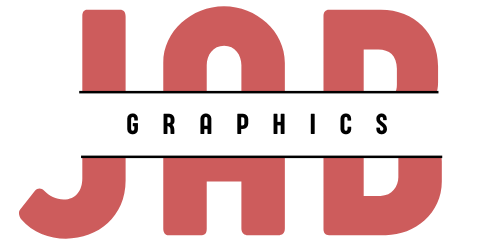Typography plays a crucial role in branding by conveying personality, establishing visual hierarchy, and reinforcing brand identity. Whether in logos, marketing materials, or digital platforms, effective use of typography can significantly impact how a brand is perceived. Here’s a guide on leveraging typography to strengthen your brand:
1. Understand Your Brand Identity
Before selecting typography, define your brand’s personality, values, and target audience. Consider whether your brand is modern, traditional, playful, professional, or innovative. Typography should align with these characteristics to create a cohesive brand image.
2. Choose Appropriate Fonts
- Primary Typeface: Select a primary font (or typeface) that reflects your brand’s personality and values. Serif fonts convey tradition and reliability, while sans-serif fonts appear modern and clean. Display fonts can be used for emphasis or headlines but should align with your brand’s voice.
- Font Pairing: Use contrasting fonts for hierarchy and readability. Pair a bold headline font with a simpler body font to create visual interest without sacrificing readability. Avoid using too many different fonts, as it can create confusion and dilute your brand’s identity.
3. Establish Consistency
Consistency is key to effective branding. Use the same fonts across all brand touchpoints—website, social media, print materials, packaging—to reinforce brand recognition. Consistent typography creates a unified brand experience and strengthens brand recall among consumers.
4. Create a Visual Hierarchy
- Hierarchy in Headlines: Use larger, bolder fonts for headlines and important messages to grab attention and guide the reader’s eye. Ensure headlines are visually distinct from body text to maintain hierarchy and readability.
- Body Text: Choose fonts that are legible and easy to read in various sizes and formats. Adjust line spacing (leading) and letter spacing (tracking) to enhance readability and maintain visual harmony.
5. Typography in Logo Design
- Custom Typography: Consider customizing typography for your logo to create a unique brand mark that stands out. Custom fonts can reinforce brand identity and differentiate your brand from competitors.
- Logo Adaptability: Ensure your logo typography is versatile and works well across different applications and sizes. Test its scalability to maintain clarity and impact across digital and print media.
6. Balance Creativity with Functionality
- Creative Expression: Use typography creatively to evoke emotions and convey brand messaging. Experiment with font styles, weights, and spacing to create distinctive visual effects that align with your brand’s tone and objectives.
- Functional Considerations: Prioritize readability and accessibility. Avoid overly ornate or complex fonts that may hinder readability, especially in digital formats. Ensure text is legible against different backgrounds and in various lighting conditions.
7. Stay Updated with Trends
- Monitor Typography Trends: Stay informed about emerging typography trends and techniques. However, ensure trends align with your brand’s identity and objectives before incorporating them into your branding strategy.
8. Seek Professional Expertise
- Consult Design Professionals: If you’re unsure about typography choices or need assistance in designing a cohesive brand identity, consider working with graphic designers or branding experts. They can provide valuable insights and expertise to help you effectively leverage typography in your branding efforts.
Conclusion
Effective use of typography in branding enhances visual appeal, reinforces brand identity, and communicates key messages to consumers. By understanding your brand’s identity, selecting appropriate fonts, establishing consistency, creating visual hierarchy, balancing creativity with functionality, staying updated with trends, and seeking professional guidance when needed, you can leverage typography to create a compelling and cohesive brand identity that resonates with your target audience. Typography is a powerful tool in branding that, when used thoughtfully, can elevate your brand presence and foster deeper connections with consumers in a competitive marketplace.

